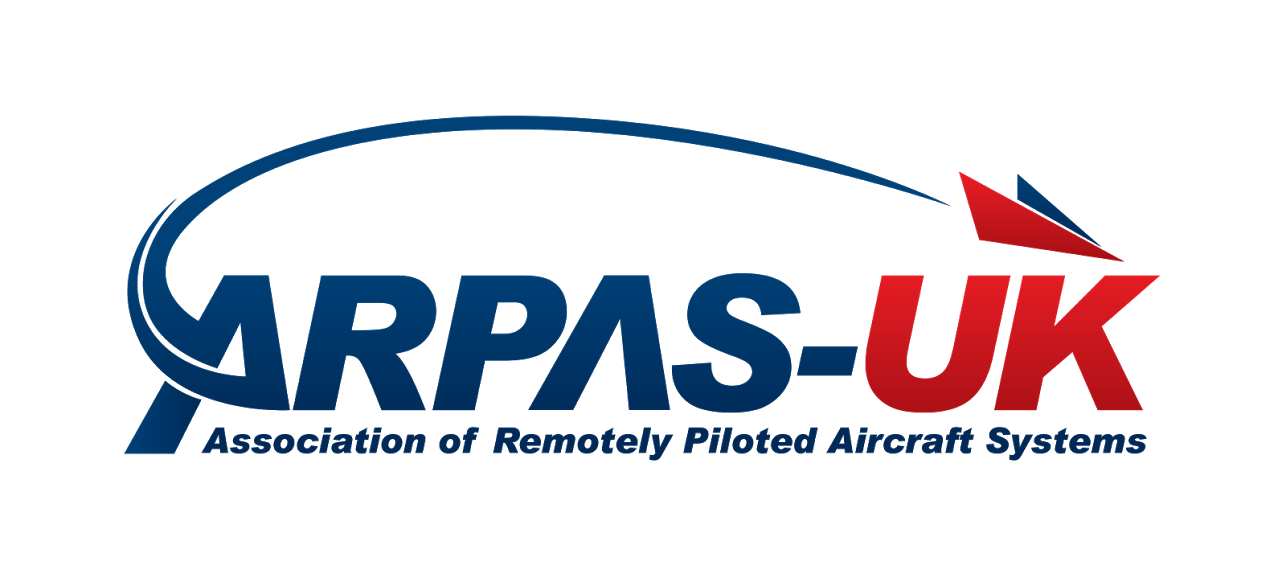Advice for licensed drone operators on how to fly within 1Km of an airport, safely and legally!
Drone image of Glasgow Airport, captured following completion of all necessary steps to ensure legal drone operations took place.
Drones have been making the news for all the wrong reasons yet again, with the recent closure of Gatwick airport due to reported drone sightings. The public perception of drones and those of us who fly drones is arguably at an all-time low.
However, what if you actually need to operate drones in close proximity to an airport (in the UK)? Is it legal? How can it be done?
Firstly, if you do not have a Permission for Commercial Operations issued from the CAA then DON’T FLY A DRONE ANYWHERE NEAR AN AIRPORT!! This guide will not apply to you, you will not be legally permitted to operate a drone within 1Km of an airport (at time of writing!). End of. No arguments. Just don’t do it.
If you do have a PfCO, it’s actually fairly straight forward. Read on…
Airborne Lens has over 5 years experience as commercial drone operators, and have been working with drones since long before that. And as one of Scotland’s first established commercial drone operators, we have filmed with drones in all sorts of bizarre and wonderful locations. That includes filming near (and inside!!) busy international airports.
Before you start planning your flight, ask yourself if you absolutely have to fly near an airport. Can you capture suitable imagery elsewhere? While it may be possible to fly near an airport, it does require other people to take time from their daily duties to deal with you before and during the flight. So if possible, give it a miss and find somewhere else.
Here are some of our recommendations on how to safely and legally operate a drone near an airport (we are going to presume you already know how to operate drones safely and legally);
Consider your operating area as you normally would, but we tend to add more belts and braces whenever operating in a challenging location. That will typically include at least 3 safety marshals, signage and hi-vis galore, temporary barriers, and back-ups of everything.
Prepare a risk assessment and method statement, again as you normally would, using this process to make sure you have great situational awareness of the location and your surroundings
Submit a Non-Standard Flight Application. You can find details and submit online here: http://www.nats.aero/nsf/. Give them at least 21 days notice to deal with your request.
Once you have an NSF Notification, make sure and check the conditions of it before scheduling in the flight.
You will then need to submit the NSF, along with aircraft and flight details to DJI Fly Safe (for DJI drones, other manufacturers may have similar processes). You can find details and online submission here: http://www.dji.com/flysafe/custom-unlock. You will need to tell them:
a. flying location (latitude and longitude)
b. radius
c. maximum altitiude
d. flight controller's serial number
They will then send you an unlock code. Use that within the DJI app to unlock the zone. Do this before you leave the office / studio / garden shed, as you will need wifi.
Call the Police 24 hours in advance (call 101), so that they are aware of you and can deal with any calls from concerned public. Be prepared to provide all the relevant information they will need (exact location, confirm you hold a PfCO, confirm you have landowners permissions and inform them of NSF Notification etc). They should provide you with an incident number to reference each time you need to contact them in relation to this particular flight. Expect a call back from either the local supervisor or liaison officer, to check and ask any final questions. They may ask you to call back prior to take off.
You may also want to consider notifying local businesses. For example, if you are likely to attract attention from nearby offices, it is good practice to inform reception that you will be operating a drone, so they can inform any concerned staff.
On the day, call the relevant ATC at least 30 minutes prior to take off. Again provide them with relevant information, including contact details. You may need to call them each and every time you take off and land.
Prior to take off, do all of your usual checks, belts and braces to satisfy yourself that the drone flight can be conducted safely and that you are not posing a risk to public or property. If in doubt, don’t fly!
Once you are finished, remember to call back both the Police and ATC to confirm that you are complete.
Have a brew, you deserve it.









